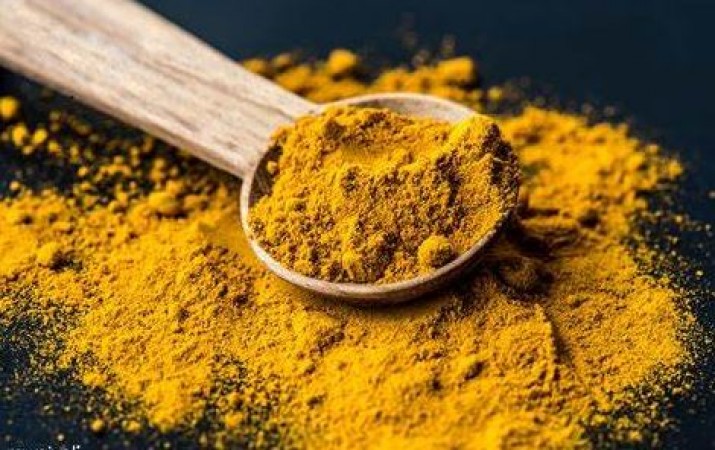
Turmeric, commonly known as haldi, is a vibrant yellow spice widely used in cooking and traditional medicine. It has gained popularity worldwide due to its potential health benefits and culinary versatility. However, the increasing demand for turmeric has led to various adulteration practices in the market. Adulterated turmeric can contain harmful substances, reducing its quality and health benefits. In this article, we will explore how to identify adulterants in turmeric and ensure the purity of the turmeric powder you are using.
Why Purity of Turmeric Matters
The purity of turmeric is crucial as it directly affects its taste, color, and health benefits. Pure turmeric contains natural compounds like curcumin, which is responsible for its vibrant yellow color and potential medicinal properties. Adulteration compromises the curcumin content, making the turmeric less effective for various health issues.
Common Adulterants in Turmeric
Several substances are used to adulterate turmeric, and some of the common adulterants include:
Simple Tests to Check Turmeric Adulteration
Visual Inspection
Pure turmeric powder should have a rich golden-yellow color. Avoid powders that appear dull or have uneven color distribution.
Water Test
Mix a teaspoon of turmeric powder in a glass of water and stir. Pure turmeric will sink, while adulterated powder may leave a color trail or float.
Starch Test
Add a few drops of iodine to a turmeric paste. If it turns blue, it indicates the presence of starch, suggesting adulteration.
Turmeric Paper Test
Place a small amount of turmeric powder on a white paper and sprinkle water on it. Pure turmeric will not leave any color, while adulterated powder may show colors like red or orange.
Solubility Test
Pure turmeric is insoluble in cold water. If the powder dissolves easily, it may contain starch or other adulterants.
Synthetic Color Test
Dip a cotton ball in a mixture of water and turmeric powder. Rub it on a piece of paper; if it leaves a bright yellow color, synthetic colors might be present.
pH Test
Test the pH of a turmeric solution using pH strips. Pure turmeric will be neutral, while adulterated ones may show acidity.
Residue Test
Burn a small amount of turmeric powder on a metal spoon. Pure turmeric will leave minimal residue, whereas impurities may leave more.
Sedimentation Test
Mix turmeric powder in a transparent glass of water and let it stand. Pure turmeric will not leave any sediment, unlike adulterated powder.
Turmeric Paste Test
Prepare a thick paste of turmeric powder and apply it to your palm. If your skin turns yellow, it indicates the presence of natural color compounds.
Other Methods to Verify Turmeric Purity
Smell Test
Pure turmeric has a distinct earthy aroma, while adulterated ones may lack this characteristic scent.
Turmeric Float Test
Gently place a teaspoon of turmeric powder on a bowl of water. Pure turmeric will sink, and impure ones may float or disperse.
Turmeric Lumps Test
Rub the turmeric powder between your fingers. Pure turmeric will feel smooth, while adulterated powder may have lumps or grittiness.
Factors Affecting Turmeric Quality
Several factors influence the quality of turmeric, including the region it was grown in, harvesting methods, and processing techniques. Opting for organically sourced turmeric can improve the chances of obtaining pure powder.
Tips for Buying Genuine Turmeric Powder
Ensuring the purity of turmeric powder is essential to experience its full potential health benefits and culinary advantages. By performing simple tests like visual inspection, water test, starch test, and others, you can safeguard yourself from the harmful effects of adulterated turmeric. Remember to buy from reliable sources and consider grinding whole turmeric for the purest and freshest results.
Alum: Unveiling the Ancient Crystal with Surprising Benefits
Nourishing from Within: Why and How to Maintain a Balanced Diet for Radiant Skin
The Miraculous Benefits of Turmeric: The Golden Spice for Health and Wellness